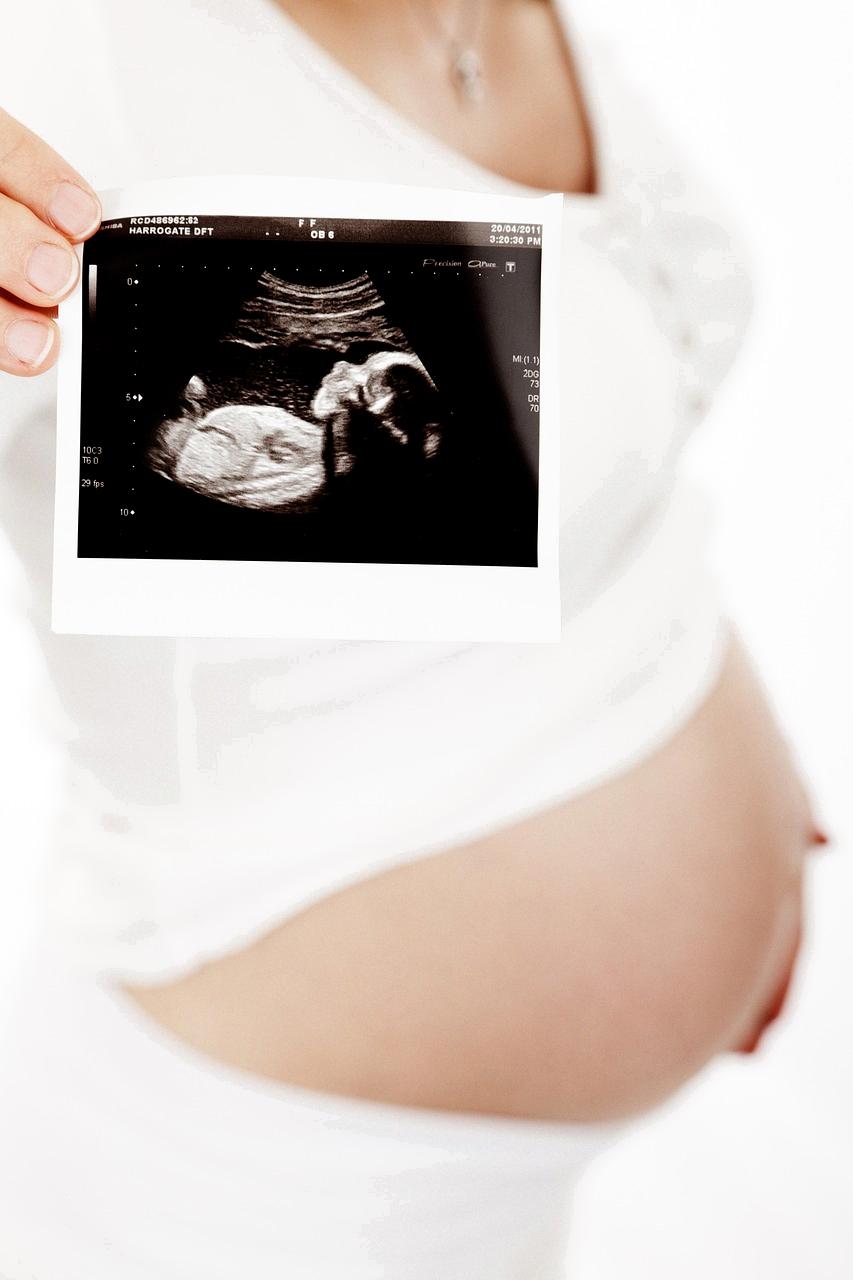When contemplating the potential teratogenic effects of sugammadex, it is crucial to weigh the existing evidence on the matter. According to available data, there has been no documented evidence of teratogenicity in humans who were administered up to 16 mg/kg of sugammadex. Similarly, in rat studies where the animals were given six times the maximum recommended human dose of sugammadex (16 mg/kg), teratogenic effects were not observed.
On the flip side, the situation takes a slightly different turn when considering pregnant rabbits exposed to sugammadex. In an experiment where pregnant rabbits were given double the maximum recommended human dose of sugammadex, the offspring they delivered demonstrated low birth weight. This finding hints at a potential risk of teratogenicity with sugammadex, at least in the context of rabbit pregnancies.
It is important to recognize the inherent variations in responses to medications across different species. What holds true for rats or rabbits may not necessarily translate directly to humans. Therefore, while the data from rabbit studies raise concerns about teratogenic effects, further investigation is warranted to ascertain the relevance of these findings to human pregnancies.
Despite the observed low birth weight in rabbit offspring, it is crucial to remember that this outcome does not definitively establish teratogenicity in humans. Teratogenic effects can vary significantly between species, and caution must be exercised when extrapolating results from animal studies to human scenarios.
Considering the complexities of pregnancy and the varying responses to drugs exhibited by different species, a comprehensive evaluation of the available data is essential in determining the teratogenic potential of sugammadex. While the evidence suggests a possible risk in the context of rabbit pregnancies, additional studies focusing on human outcomes are necessary to draw concrete conclusions.
It is worth noting that teratogenicity assessments involve intricate considerations and demand a nuanced approach. Factors such as dosage, timing of exposure during pregnancy, and individual variations can all influence the likelihood of teratogenic effects. As such, a holistic evaluation of these factors is imperative in determining the true teratogenic potential of sugammadex.
In light of the available evidence, the question of whether sugammadex is teratogenic cannot be definitively answered at this stage. While the data from rabbit studies raise concerns about potential risks, further research, particularly human studies, is pivotal in elucidating the true impact of sugammadex on fetal development during pregnancy.
Ultimately, the issue of teratogenicity with sugammadex underscores the importance of thorough and rigorous investigations in the field of pharmacology. The safety of medications during pregnancy is a critical area of focus, and ensuring a deep understanding of the potential risks involved is paramount in safeguarding maternal and fetal health.
As research in this area continues to evolve, it is essential for healthcare professionals and researchers to remain vigilant and attentive to emerging evidence regarding the teratogenic effects of sugammadex. By staying informed and updated on the latest findings, we can make more informed decisions surrounding the use of this medication in pregnant individuals.

